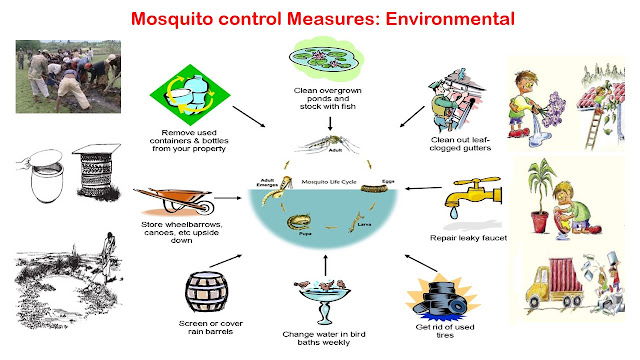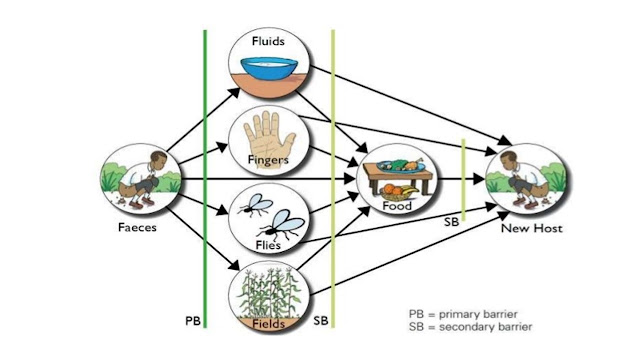Multiple Input Multiple Output (MIMO) system: An introduction
An introduction to Multiple Input Multiple Output (MIMO) system
Multiple Input Multiple Output (MIMO) system is a radio antenna technology, which uses multiple antennas to enhance quality of the signal and RF link strength. It transmits the same data as several signals simultaneously through multiple path via multiple antennas and utilizing a single channel. The transmitted data splits into multiple data stream at transmitter end and recombine at the receiver end by another MIMO antenna having same number of antennas. The receiver is also designed to consider the time delay due to multipath propagation. The additional noise or interference are also considered for designing the complete MIMO system. The MIMO system can use the reflected and bounced signal as advantage to improve the signal strength. It is very useful solution for the urban environment where, the absence of line of sight results into signal degradation for single antenna. Fig. 1 shows Single Input Single Output (SISO) system which consists of single antenna at both transmitting and receiving sides.
Fig. 1 SISO system in which one antenna used on each side of the transceiver
The MIMO system also introduce redundancy into data transmission by transmitting the same data on multiple stream which SISO system can not provide. MIMO systems are in high demand due to higher capacity of handling data in form of video and audio as the spectrum is limited and expensive, better transmission quality and increased coverage and correct identification of user position. Fig. 2 shows the schematic diagram of the 4 × 4 MIMO system where four antennas are used at transmitting end and four antennas are used at receiving end. Colored lines in the diagram shows the transmission paths between the antenna elements.
Fig. 2 Example of a 4 × 4 MIMO system where four antennas used as transmitter and four antennas as receiver
1. Alexiou, A. and Haardt, M. (2004), ‘Smart antenna technologies for future wireless systems: trends and challenges’, IEEE communications Magazine 42(9), 90–97.










Comments
Post a Comment